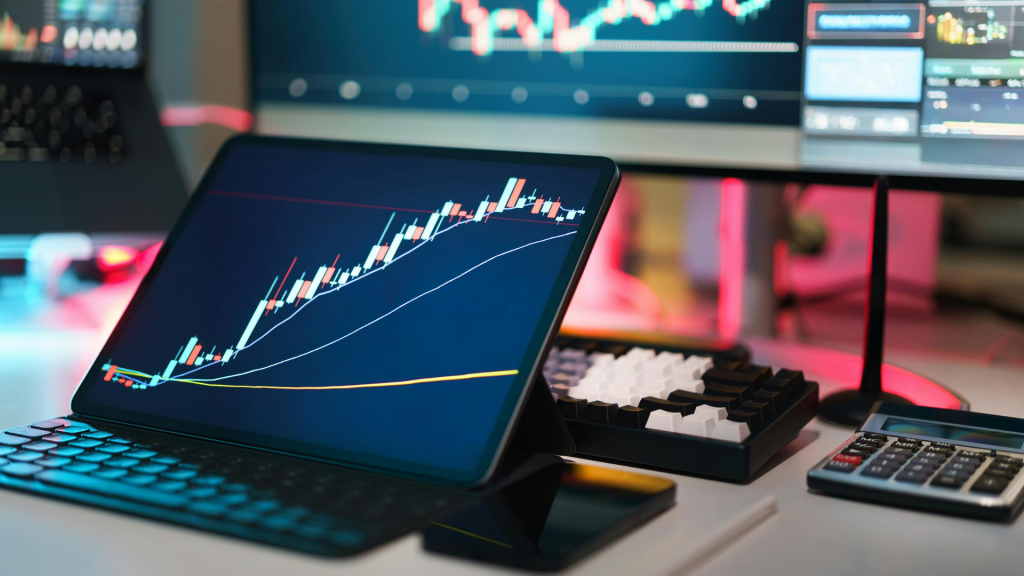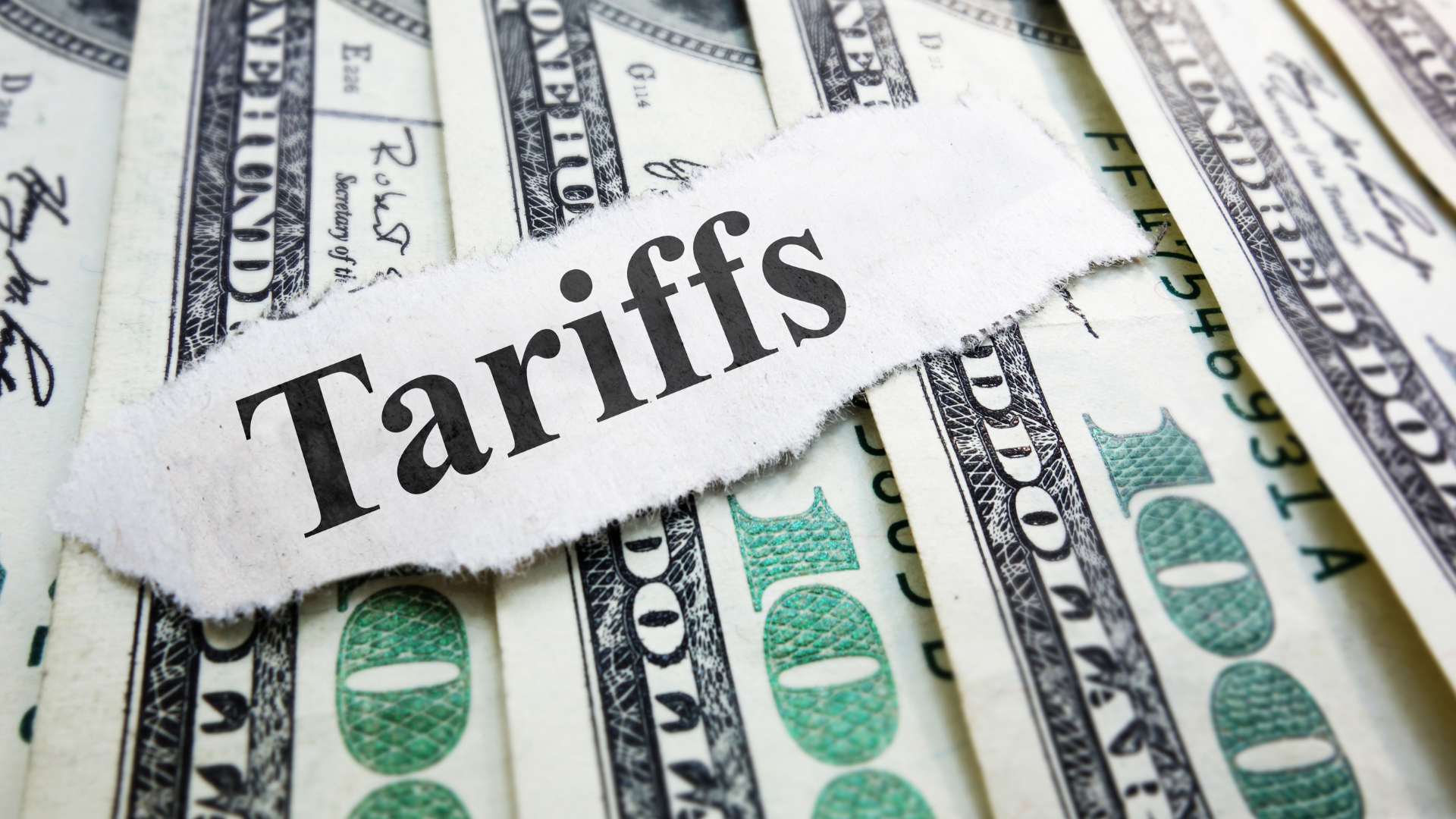Index of content
When trading Forex, the timing of trade entry and exit can make all the difference between success and failure. The London Academy of Trading (LAT) understands the significance of this concept and incorporates trade timing into all of its courses. In this blog, we’ll investigate the importance of timing in Forex trading and provide valuable insights into when are the best times to trade Forex.
Before discussing trade timing, we’ll briefly explain the structure of the Forex market. Forex is an abbreviation for Foreign Exchange and is the largest and most liquid financial market in the world. It functions 24 hours a day, five days a week, enabling companies, investors, banks and other financial institutions to exchange currencies to help facilitate international trade, as well as for currency hedging or speculation. Due to its international diversity, the Forex market is decentralised with no global regulators. It is accessible to a wide range of participants, from central banks and investment banks to pension funds, corporations and even individual retail traders.
The Forex market comprises three major trading sessions: Asia (incorporating Sydney, Tokyo, Singapore, Hong Kong), London and New York. These sessions overlap with each other, giving bursts of activity throughout the trading day and enabling astute traders to benefit from the changes in volatility. Consequently, the timing factor plays a crucial role in optimising your prospects of success in Forex trading.
The Best Times to Trade Forex:
1. The London Session (7:00 AM – 5:00 PM UK time)
Since around 50% of global Forex volume is traded in London, the opening of the London session is critical. In particular, major currency pairs like EUR/USD and GBP/USD tend to increase volatility when they “wake up” around 7am London time, giving traders some great opportunities to profit from these early moves. The London session also overlaps with the end of the Asian session as well as most of and the US morning session, providing better liquidity and volatility.
2. The New York Session (1:00 PM – 10:00 PM UK time)
About 20% of global FX volume is traded in New York, so the peak liquidity each day tends to happen around 1pm to 3pm London time as the New York markets open and merge with London trading. Also, most US macro data is released at 8.30am NY time (1.30pm London time), which further boosts trading volume and price volatility. For obvious reasons, the most volatile currency pairs during this period involve the US dollar, such as EUR/USD, USD/JPY, GBP/USD, AUD/USD and USD/CAD.
3. Session Overlaps:
As mentioned above, liquidity and volatility tend to increase during the first couple of hours of each session (and hence during session overlaps) and can prove to be highly lucrative. While Forex markets get a boost at the London opening (overlapping with the end of the Asian session), the most significant overlap takes place between the London and New York sessions at which time market liquidity and volatility are at their peak. This provides excellent opportunities for traders to benefit from some significant price movements in major currency pairs.
4. Avoid the Weekend Gap:
Don’t forget that the Forex market is only open five days a week. It closes around 5pm New York time (10pm London time) on a Friday evening and only reopens on Monday morning in Sydney (around 9pm Sunday night, London time). Although prices gaps are relatively rare in Forex trading, unforeseen events over a weekend may cause a profound shift in market sentiment and Forex markets may gap over the weekend, with opening prices a lot higher or lower than their Friday closing levels. To avoid such risk, many short-term traders choose to liquidate their positions prior to the weekend.
5. Economic Calendar Awareness:
Understanding the macroeconomic calendar and its potential effects of Forex prices is absolutely vital. The macroeconomic (known as macro or economic) calendar is an international calendar of economic data such as interest rates, inflation (CPI), employment and housing data, all of which fundamentally affects financial markets, especially Forex markets. It is essential to be aware of the economic calendar releases – especially the high-impact data – and to plan your strategy around these moments. Some traders focus on this data to generate specific trades, while others may choose to liquidate positions just before such events to mitigate any potential risk from any short-term spikes in volatility.
6. Timing as part of your Trading Strategy:
Since market liquidity and volatility fluctuate throughout the trading day, trade timing should form an integral part of your trading strategy. Short-term scalpers tend to prefer the periods of heightened volatility during session overlaps, whereas long-term traders tend not to be so preoccupied with pinpoint timing.
Next Steps
Start developing your profitable trading strategy through a combination of fundamental analysis and technical analysis by enrolling in one of our award-winning, accredited trading courses.





